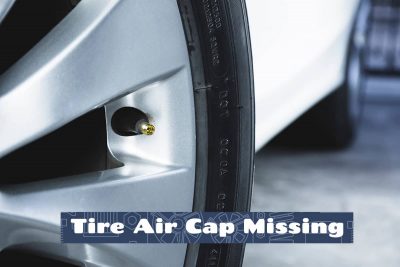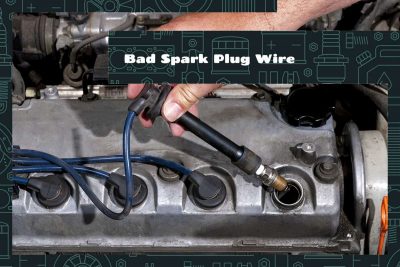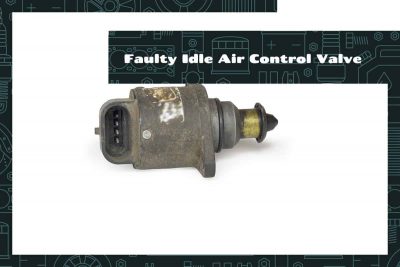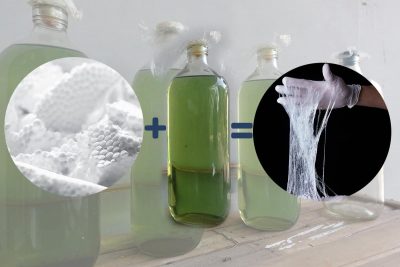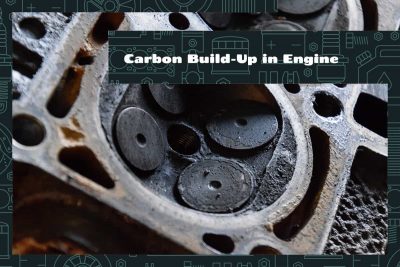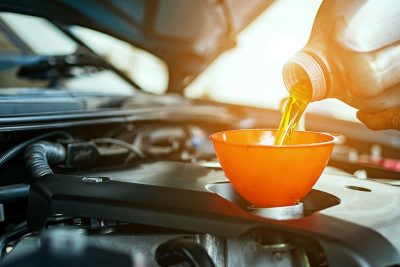Iyul Nasruddin
Posts by Iyul Nasruddin:
The humble tire air cap might seem insignificant, but it safeguards the tire’s valve stem from dirt, moisture, and small road debris, preventing potential air leaks and pressure loss. This seemingly trivial part of your tire assembly can influence your car’s fuel efficiency, handling, and overall tire life. Without it, you could end up facing premature tire wear, constant need for reinflation, and even potential tire blowouts.
The triangle with an exclamation point on your car is a general warning sign. It often indicates a malfunction within the car’s systems or a safety issue. Common triggers for this symbol can be mechanical faults, electronic system errors, or specific environmental conditions.
Spark plug wires transfer the electrical current from your car’s coil to its spark plugs. When they function correctly, your engine runs smoothly, but when they fail, it can lead to a myriad of problems. Identifying a bad spark plug wire is the first step toward facing unnecessary hassles down the line.
Tesla, an innovative leader in the world of electric vehicles, is known for its groundbreaking technology and features. Among these advancements is the use of foam in their car tires—a seemingly unusual choice that left car enthusiasts scratching their heads.
Key symptoms of a faulty IACV can include unusual idling behavior, difficulty starting the car, unexpected stalling, and erratic RPM fluctuations. In some cases, your check engine light may also come on. Addressing a faulty IACV usually involves either cleaning the valve or replacing it entirely, depending on the severity of the issue.
Cars, especially older ones, exhibit a wide range of symptoms with varying causes for concern. However, when it shakes at idle and smooths out while driving, you may feel a bit dumbfounded. Shakes or vibrations may appear minor, but they are important indicators of the car’s condition and could be signaling more significant underlying problems.
Mixing Styrofoam and gasoline creates a plasticky, pliable goo that could theoretically be used as a sealant. However, the flammability of the mixture makes it an inappropriate alternative to commercial sealants, so you should avoid using it at all times.
Depending on factors like your personal preferences, maintenance routine, and the climate you live in, either black or white could be ideal. It matters because the choice of car color can affect its visibility, heat absorption, perceived cleanliness, and overall value.
Carbon build-up in an engine is a widespread automotive issue that can hinder your vehicle’s performance over time. While this might seem like a technical concern only mechanics need to worry about, it has a real impact on your vehicle. A clear understanding of carbon build-up can help you better maintain your vehicle and address potential problems early.
0W20 and 5W30 engine oils primarily differ in their viscosity levels and cold-temperature performance: 0W20 is a lower-viscosity oil, great for colder temperatures, and typically provides better fuel efficiency. 5W30, on the other hand, has a higher viscosity, making it more suited for warmer climates and older vehicles that require thicker oil.
Experiencing a hesitation when starting your car can be a worrying sign for any motorist. A car’s inability to start immediately may be a symptom of a larger problem. This delay, often characterized by stuttering noises or a period of inactivity before the engine fires up, can stem from various causes.
The average length of a car, typically measured bumper to bumper, is approximately 4.5 meters or 14.7 feet.
